24th May 2023
We all need some cholesterol in our blood to stay healthy, but when it gets too high it can lead to serious health problems such as heart attacks and strokes.
High cholesterol does not necessarily cause symptoms, so the only way to know you have it is to get a cholesterol test. High cholesterol is not always caused by lifestyle choices – it can sometimes be caused by inherited conditions that are passed down through families.
Homozygous familial hypercholesterolemia (HoFH) is a rare genetic disorder characterised by extreme elevations of low-density lipoprotein cholesterol (LDL-C) levels, leading to premature atherosclerotic cardiovascular disease (ASCVD).1 HoFH is a form of familial hypercholesterolemia (FH), which is passed down through families.2 An estimated 1 in 250,000 people suffer from this genetic disease,2 but it may be more common in isolated or founder populations.1 Currently, it is underdiagnosed, with only 10%-15% of those affected believed to have been identified.
HoFH is caused by biallelic loss-of-function genetic mutations, a mutation in genes coding for the LDL receptor being the most common. Biallelic mutations occur in two identical copies of the same allele or two non-identical alleles. These mutations can begin causing increased levels of LDL-C from childhood. Patients with HoFH often develop early and progressive ASCVD and may also experience events like myocardial infarction. HoFH is associated with high mortality and morbidity resulting from lifelong exposure to the high cholesterol burden with the disease. Thus, early diagnosis of HoFH is essential for managing the severe clinical complications associated with this disorder.2 HoFH is diagnosed with a combination of cholesterol testing, checking for physical signs of HoFH, questions about family history of heart disease, and genetic testing. Genetic testing can confirm a diagnosis of HoFH and find out exactly which genes are involved, thus providing a basis to get the most targeted treatment.
Management of HoFH involves reducing the circulating LDL-C level to slow down the trajectory of atherosclerotic disease development. Historically, lowering LDL-C levels in HoFH has been challenging, because of both the markedly elevated levels (often LDL-C >400 mg/dL) and reduced response to some treatment options. The most prescribed treatments for HoFH include:2
- LDL-apheresis:the first-line treatment for HoFH in adults and children. It is used in combination with other treatments and is reported to be effective with a good safety profile. In LDL-apheresis, blood is passed through a machine which physically removes the LDL cholesterol from your blood. It reduces cholesterol levels by up to 70%
- Statins: if you have too much LDL-cholesterol in your blood, whether it’s caused by your lifestyle or by genetic conditions, you might be offered a statin. Statins often work very well, and they can reduce your LDL cholesterol by around 30%, or even more with high doses. Statins have been around for a long time and have been improved over the years
- Ezetimibe: another treatment that is usually prescribed to HoFH patients. It can lower LDL cholesterol by 15%-22% when used by itself, or 21%-27% if it’s used in combination with a statin. Recent national guidelines recommend that adding ezetimibe to a statin will lower cholesterol more than doubling the dose of the statin
- PCSK9 inhibitors: a new treatment given by injection. A PCSK9 inhibitorcalled evolocumab has been licensed for use with HoFH and can be offered to children and adults from the age of 12. It can lower cholesterol by 7%-56%.
- Lomitapide: a novel treatment for HoFH that works in a different way from other cholesterol-lowering medicines. It blocks a protein that is needed to transport fats from the gut into the blood and around the body. Lomitapide, combined with a low-fat diet, has been shown to significantly lower cholesterol, by around half on average. Lomitapide should be considered for adults with HoFH who haven’t reached their cholesterol targets with LDL-apheresisand standard drug treatment, and have had a trial of evolocumab.
Challenges of living with HoFH
- People with HoFH have an average life expectancy of just 45 years, more than 35 years shorter than the European average of 82 years5
- If left untreated in children, by the time they are ~12 years old they will likely have a high risk of heart attacks, strokes, major heart disease and premature death6
- During apheresis, cholesterol is filtered from the blood, but levels rapidly rebound to pre-treatment levels. Thus, apheresis is typically needed multiple times per week to be sufficient to control the disease
- Patients undergoing treatments such as apheresis, often struggle to live their lives to the full because of a reduced ability to attend school and work full-time, limiting their educational progress and employment options
The treatment landscape has rapidly progressed over recent years with the development of several novel therapeutics that have transformed HoFH into a manageable condition. Genetic testing is essential for early diagnosis of HoFH and, together with effective therapies, may alter the future prognosis for patients with this rare genetic disorder. HEART UK is the UK’s only cholesterol charity, providing support and information, and influencing services for families and health professionals with the aim of ‘lowering cholesterol, saving lives’. HEART UK is working to spread awareness of genetic testing for this rare condition and has also partnered with the NHS Accelerated Access Collaborative (AAC) and the Academic Health Science Network (AHSN) to provide a comprehensive and varied education programme for healthcare professionals.2
Here at Solaris Health, we flourish in areas of unmet clinical need and would love to hear from you about your next challenge in medical communications. Get in touch via hello@solarishealth.com or visit our website: https://solarishealth.com/
References
- Bajaj A, Cuchel M. J Atheroscler Thromb. 2022; 29: 1125-1135.
- HEART UK. Available at https://www.heartuk.org.uk/. Accessed January 2023.
- Available at: https://amrytpharma.com/product-portfolio/lojuxta%e2%96%bc-juxtapid-lomitapide/. Accessed February 2023.
- D’Erasmo L, Steward K, Cefalù AB, et al. Eur J Prev Cardiol. 2022;29(5):832-841.
- Borberg H. 26 years of LDL– Apheresis: a review of experience. Transfus Apher Sci. 2009;41:49-59.
- Horton JD, et al. PCSK9: a convertase that coordinates LDL catabolism. J. Lipid Res. 2009;50:S172–S177.


